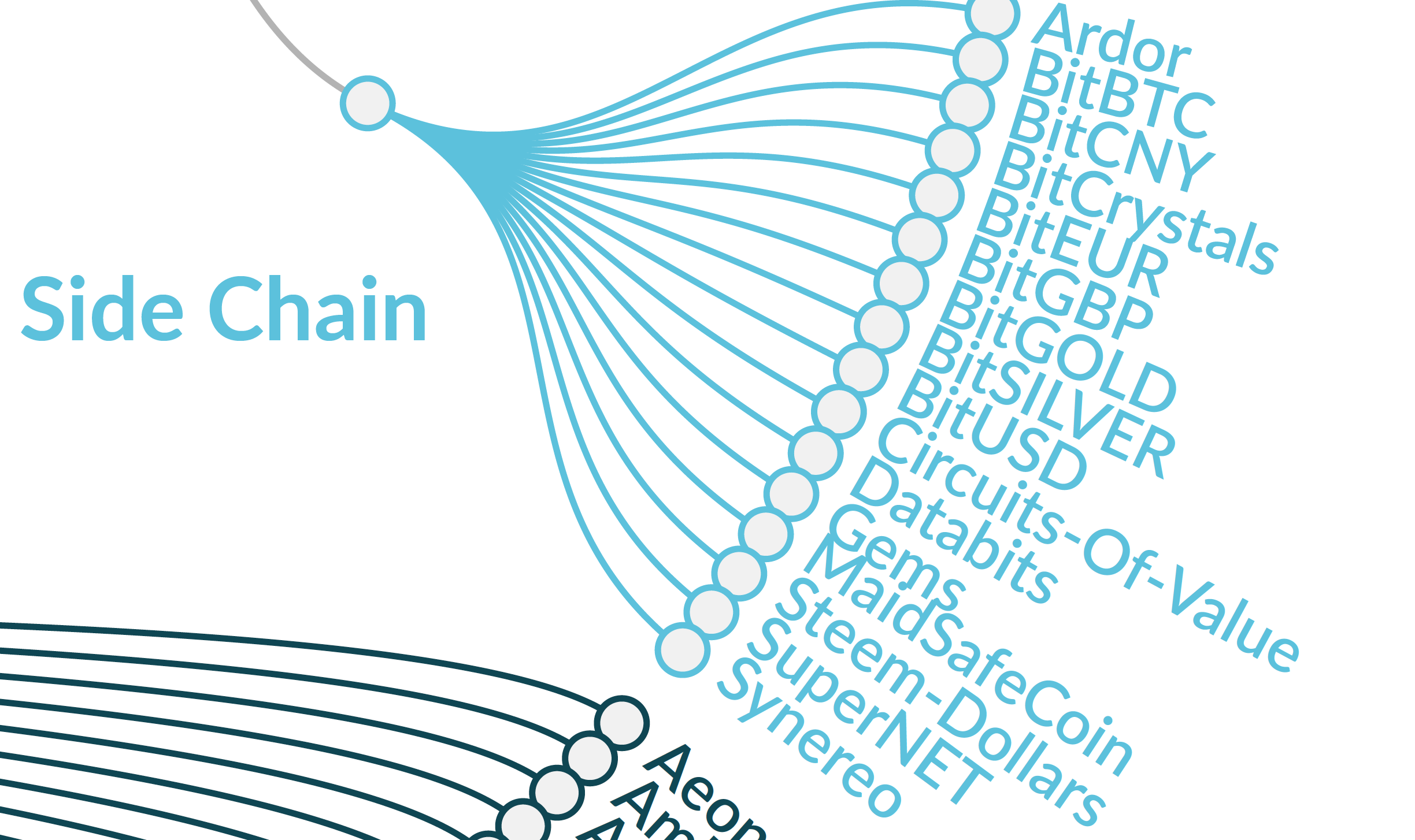Global asset classes & cryptographic assets
Cryptographic Assets – The new Superclass
General cryptographic assets
General cryptographic assets
Protocol tokens
Final cryptographic assets knowledge test
Save $588 per year with Sponsored Premium
The trading and investing signals are provided for education purposes and if you use them with real money, you do so at your own risk.

"Side Chains are formed by locking value in the parent chain, and sending it to a pegged distributed ledger.", writes Delfin. In the case of Bitcoin, this works, for example, by first sending funds to a specially formed Bitcoin address. The funds are then out of the sender’s control and completely immobilized. Once the immobilization transaction is sufficiently confirmed by the network, a message is sent to the Side Chain, containing:
The Side Chain then creates the appropriate number of tokens on its own network and gives the sender control of them, allowing the sender to transact with those funds on the pegged chain under whatever rules that chain chooses to implement.
Side Chains are the fourth of the four types of crypto assets.
Side chains help solve an important problem in the crypto world, speed. Instead of calculating everything in one big blockchain, a side chain can be used to take some things out of the calculation while still assuring everyone that in the end, the right amount will go back into the main blockchain.
Forbes' Sherman Lee writes about Side Chains:
"Another technology that could see more widespread use in the coming years is side chains. A side chain is defined for one specific use case. There can be multiple side chains where different tasks are distributed accordingly for improving the efficiency of processing. Maybe one application needs to optimize for high speeds and another needs to optimize for large computations. In any case, side chains can be used to handle commercial blockchain usage. CryptoKitties would have greatly benefitted from an optimized high-speed side chain. At one point, they jammed up the Ethereum blockchain with 25% of all transactions coming from their application."
Side Chain crypto assets are for example:
For other examples, see the following illustration:

Tradimo helps people to actively take control of their financial future by teaching them how to trade, invest and manage their personal finance.
Tradimo operates only under the following URLs: tradimo.com, learn.tradimo.com, de.tradimo.com, go.tradimo.com, news.tradimo.com. All other URLs containing 'tradimo' do not belong to Tradimo and might be fraudulent websites.
Risk warning: Trading in financial instruments carries a high level of risk to your capital with the possibility of losing more than your initial investment. Trading in financial instruments may not be suitable for all investors, and is only intended for people over 18. Please ensure that you are fully aware of the risks involved and, if necessary, seek independent financial advice. The educational content on Tradimo is presented for educational purposes only and does not constitute financial advice.
© 2024 Tradimo Interactive ApS. All rights reserved.